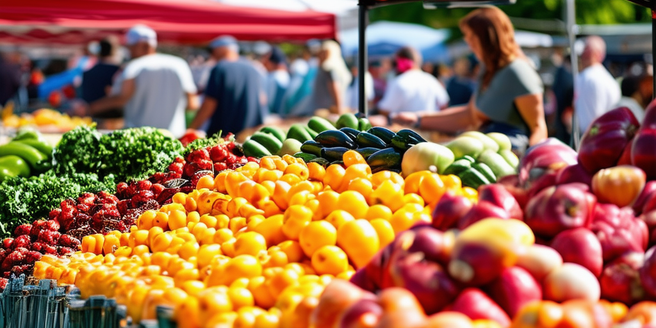Understanding Government Food Assistance Programs
Government food assistance programs are aid initiatives by governments to help citizens unable to support themselves nutritionally. These programs are often designed to combat issues of food insecurity and poverty. Their creation was spurred by the realization of the potential ramifications of nationwide hunger. Funded by taxpayers’ money and occasionally boosted by charity donations, these programs distribute food to those who need it most. By providing necessities like meals and groceries, these programs aim to ensure that no one in the country goes hungry. They are an essential lifeline for many families and individuals of all ages and backgrounds.
Eligibility and Application Process for Food Assistance
Eligibility for government food assistance programs typically depends on factors like potential beneficiaries’ income levels, family size, and specific health or age considerations. The application process can be complex and challenging, posing many obstacles for those striving to access aid. To rectify this, support systems such as assistance hotlines, counseling sessions, and detailed guides are launched to simplify the procedure. The primary aim is to bridge the gap between recipients and the aid programs, ensuring the right help reaches those who need it most, and driving the effective distribution of food assistance to those in dire need.
Unexpected Challenges Faced by Beneficiaries
Recipients of food assistance programs often face challenges like societal stigma and logistical difficulties such as distance from distribution points or constrained visit timings. Understanding and navigating the elaborate rules and regulations tied to these programs can also be tough. Hence, it’s crucial to find strategies that alleviate these issues. These problems shouldn’t persist and it’s vital to take action to improve access for those in need. Simplifying the process, enhancing accessibility and communication, and reducing stigma can help achieve this. It’s necessary to seek such means to maximize the reach and effectiveness of these programs and fully utilize their potential.
Diversity of Programs: SNAP, WIC, and School Lunch Programs
Government food assistance programs, each catering to various community sections, include initiatives like the Supplemental Nutrition Assistance Program (SNAP), the Women, Infants, and Children program (WIC), and the National School Lunch Program. SNAP provides low-income families with means to purchase nutritious food, while WIC focuses on pregnant women, new mothers, and young children, providing them with food, health education, and healthcare referrals. The National School Lunch Program, designed to aid low-income families, ensures school-age children have access to healthy meals during school hours. All these programs, working towards combating food insecurity and serving vulnerable groups, play crucial roles in addressing the diverse nutritional needs of our population. They strive towards eradication of hunger and promotion of healthy, balanced diets among citizens.
In-Depth Analysis: The Impact of Food Assistance Programs
Food assistance programs have an undeniable positive impact on society, significantly reducing food insecurity through the provision of sustenance, and thereby improving dietary quality. Not only do these programs help fight against food scarcity, but they also actively contribute to combating obesity by advocating for healthy eating habits and providing education on proper nutrition. These initiatives have the scope of creating a healthier society by improving physical health and mental wellbeing, proven by substantial statistical and empirical evidence. However, to realize their full potential, more work is needed in increasing the outreach of these programs, particularly to remote or underserved areas, and eliminating any logistical, socioeconomic, or legal barriers restricting access to these services. In essence, food assistance programs provide more than meals; they provide healthier lives, with their reach and effects further improved with more efforts in outreach expansion and barrier elimination.
Frequently Asked Questions About Government Food Aid Programs
Countless inquiries are often raised regarding government food assistance schemes, with people seeking understanding of the eligibility requirements, the application process, and the types of aid. They mainly ask who can receive this benefit, how to request it, and what forms of food aid they can expect. These complex questions require clear explanations of the nuances of the eligibility criteria, the steps of the application process, and the variety of aid offerings. In order to raise awareness of such beneficial programs, it is critical to respond effectively to these inquiries, provide thorough and detailed information, and clarify the qualification criteria and types of aid. Ensuring that potential beneficiaries are aware of this opportunity and understand how to fully take advantage of these assistance programs is vital, and will contribute to their overall well-being.



